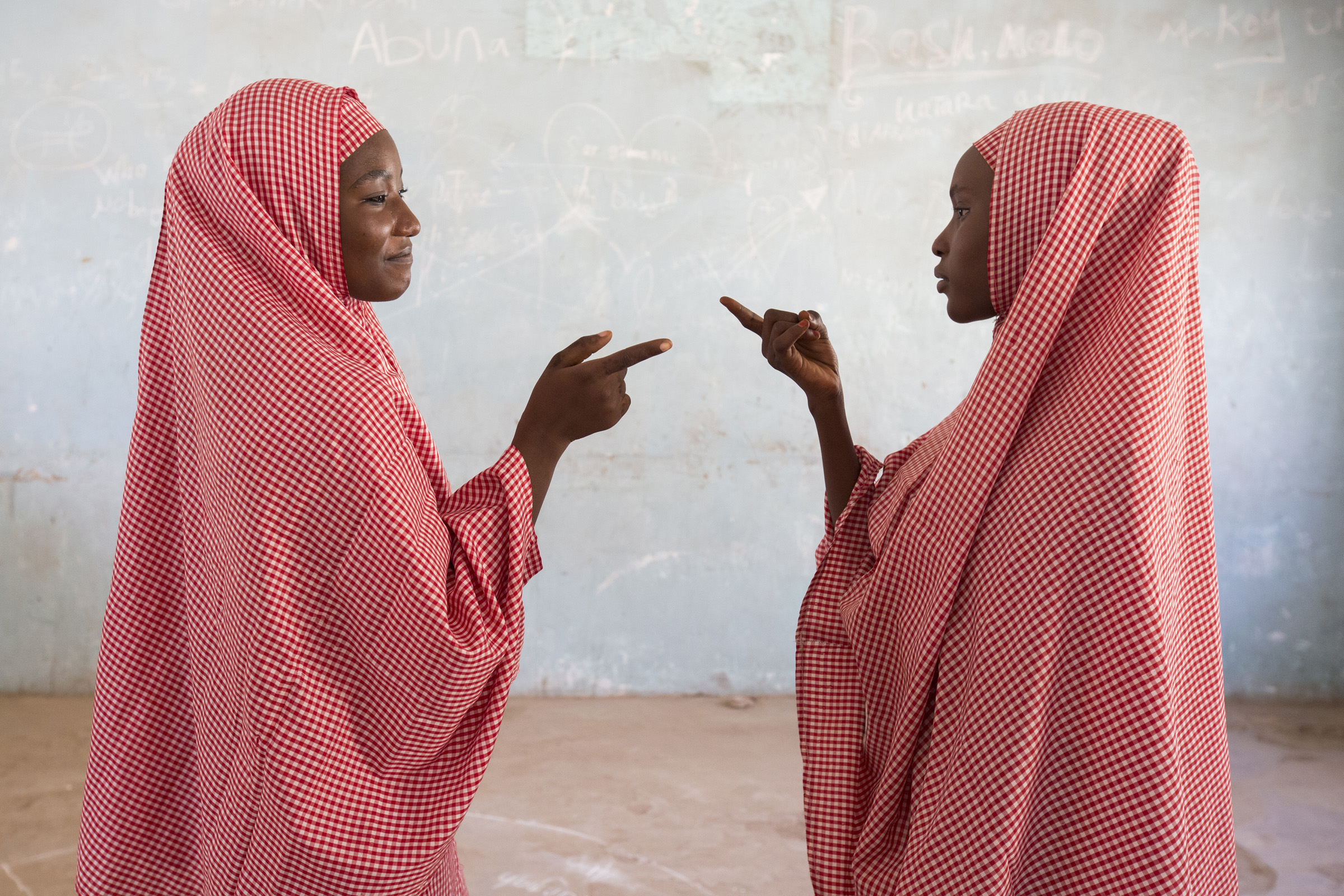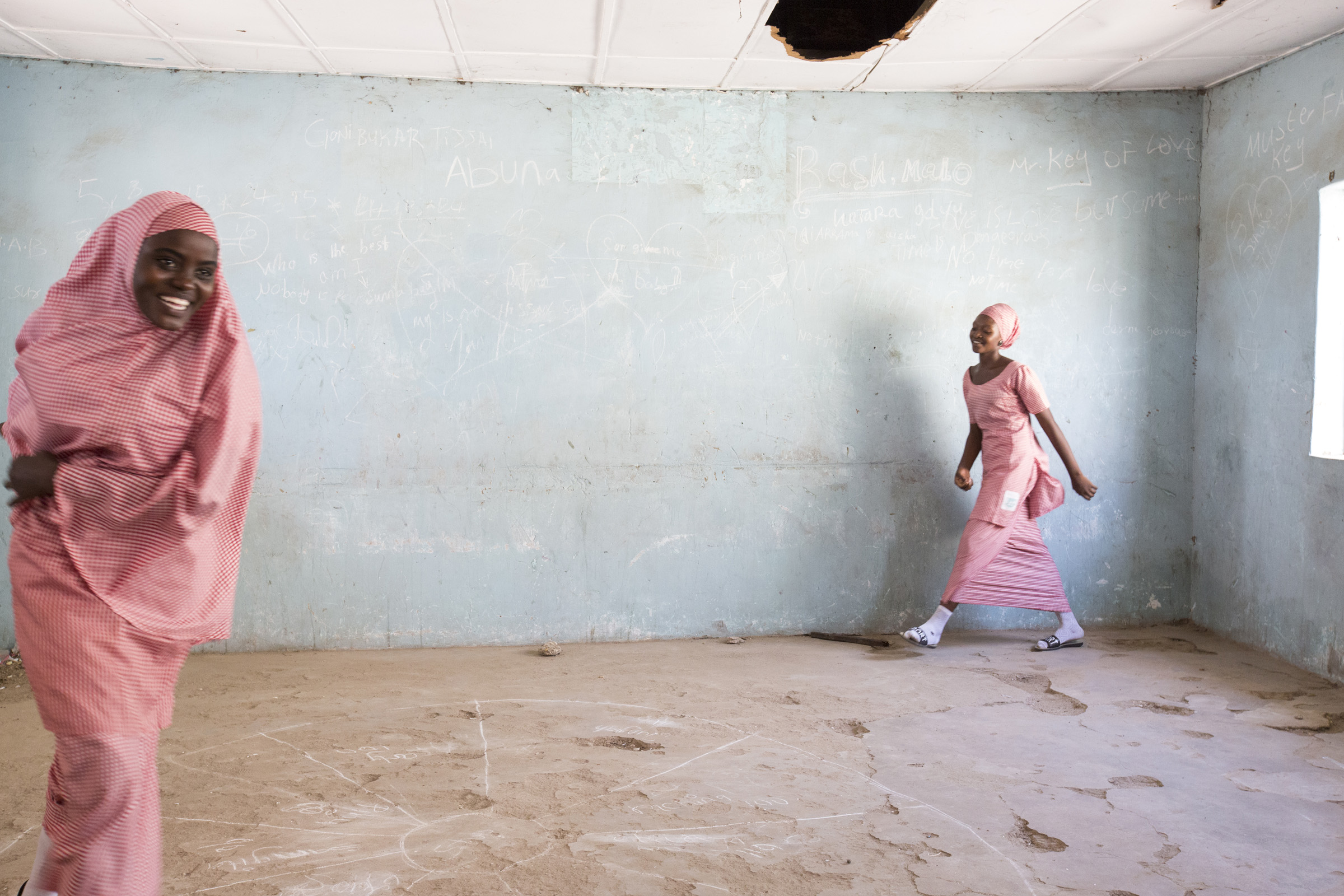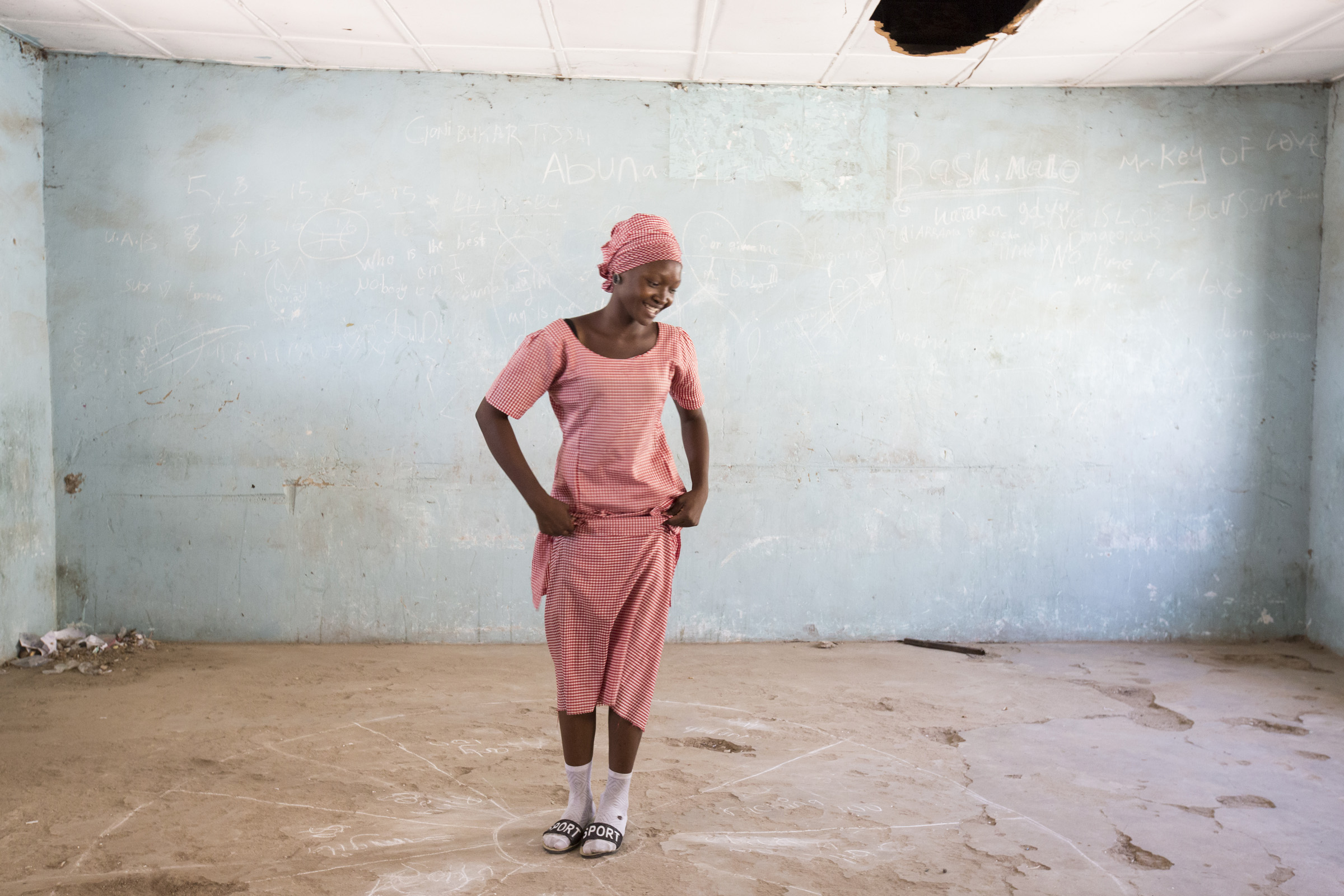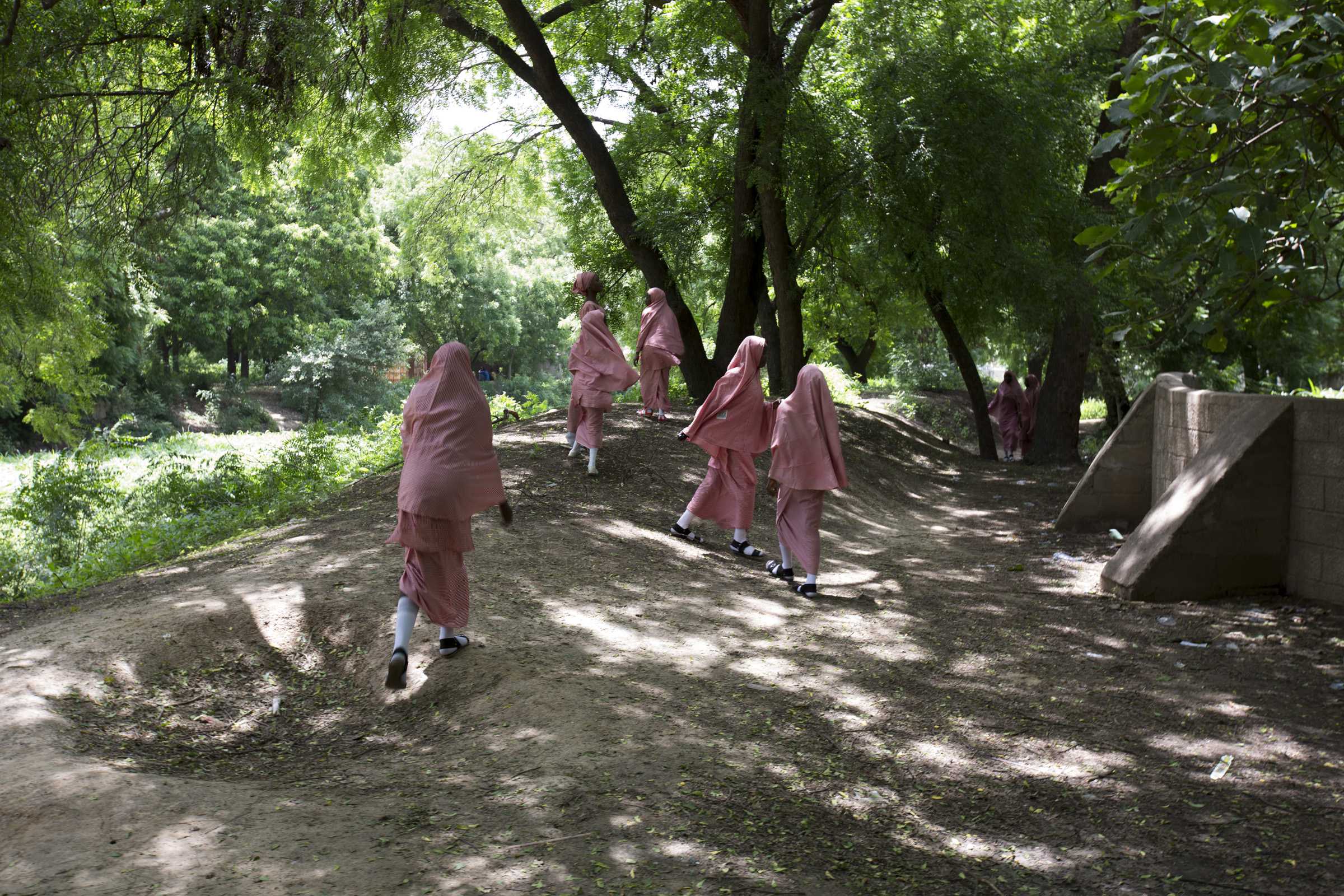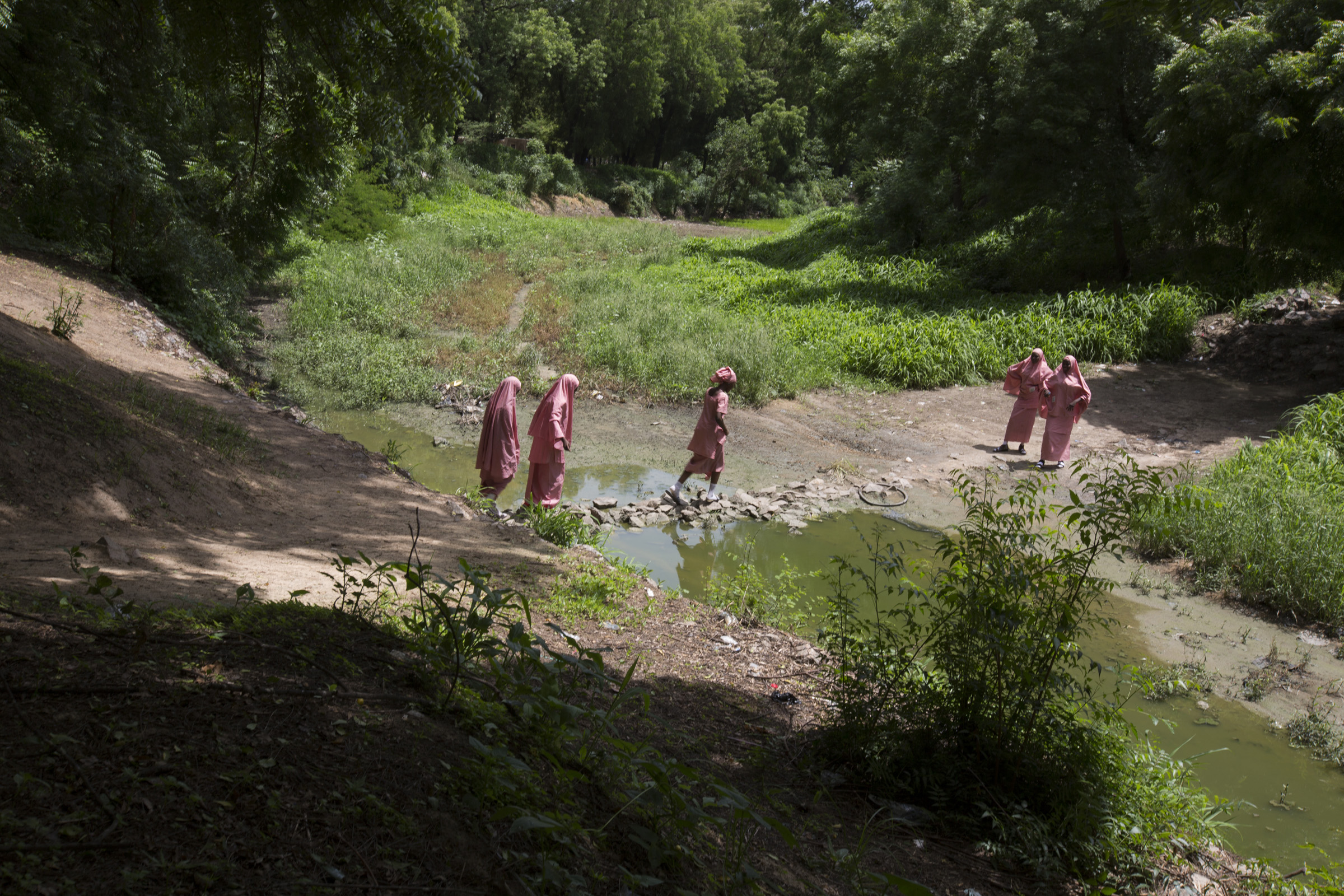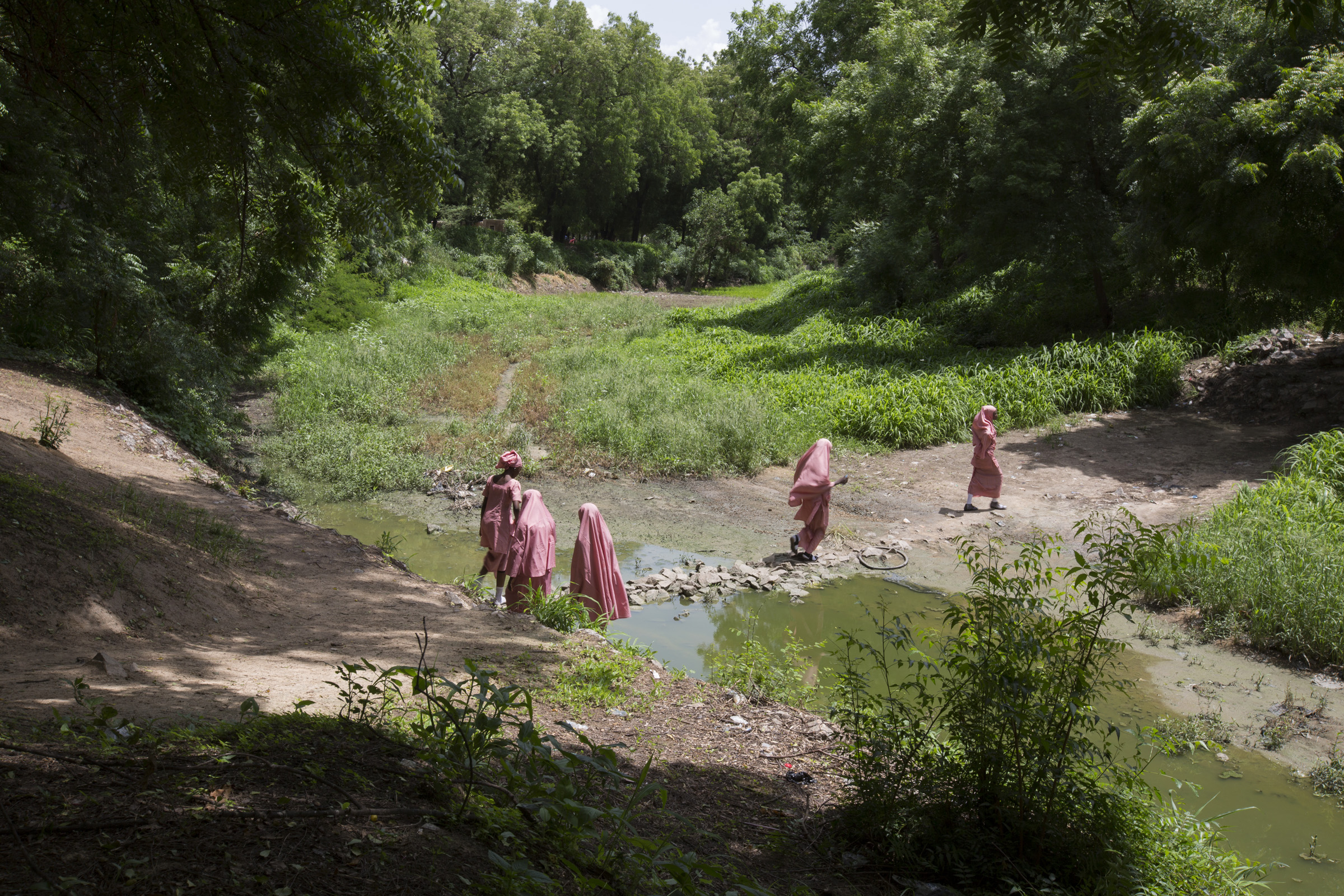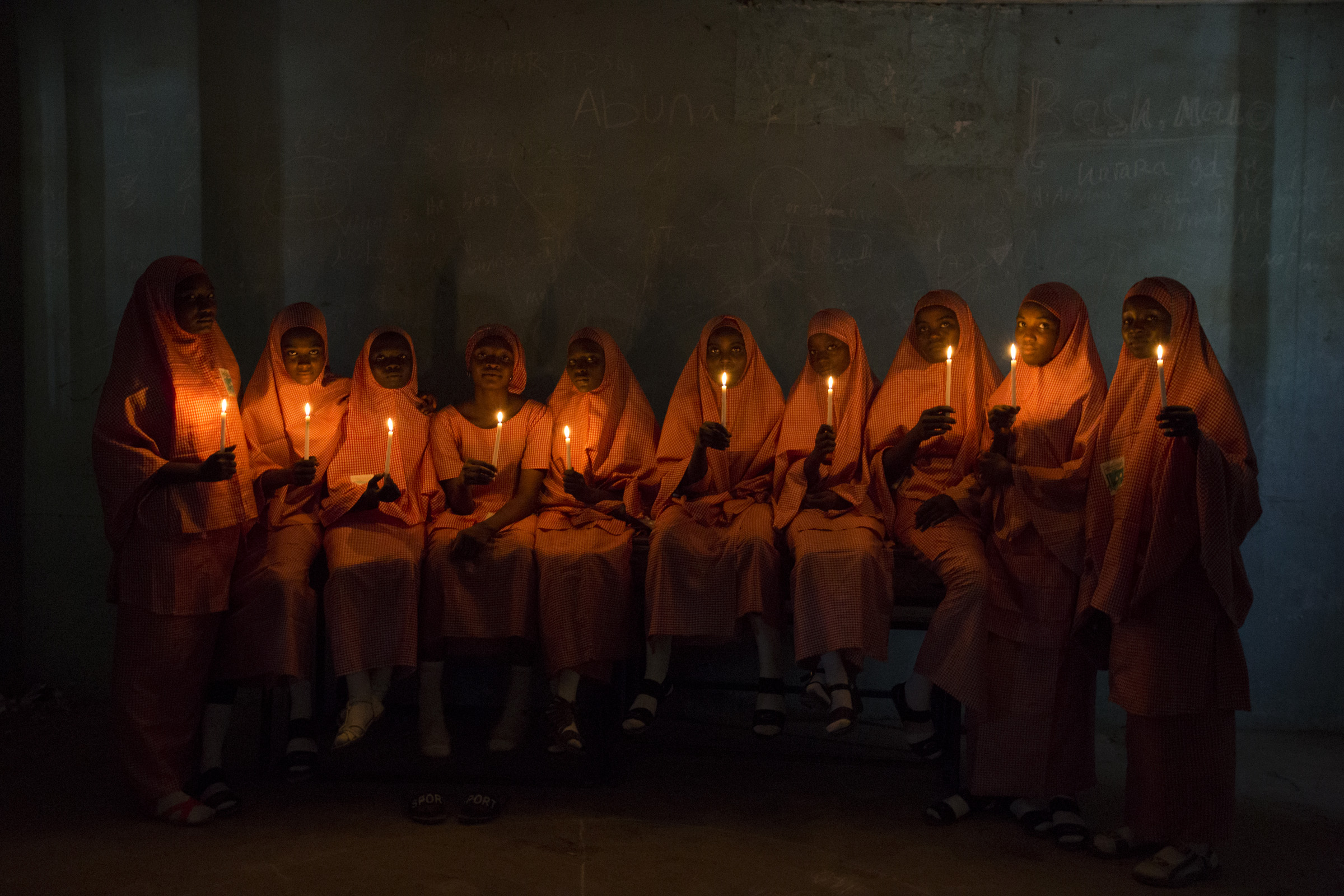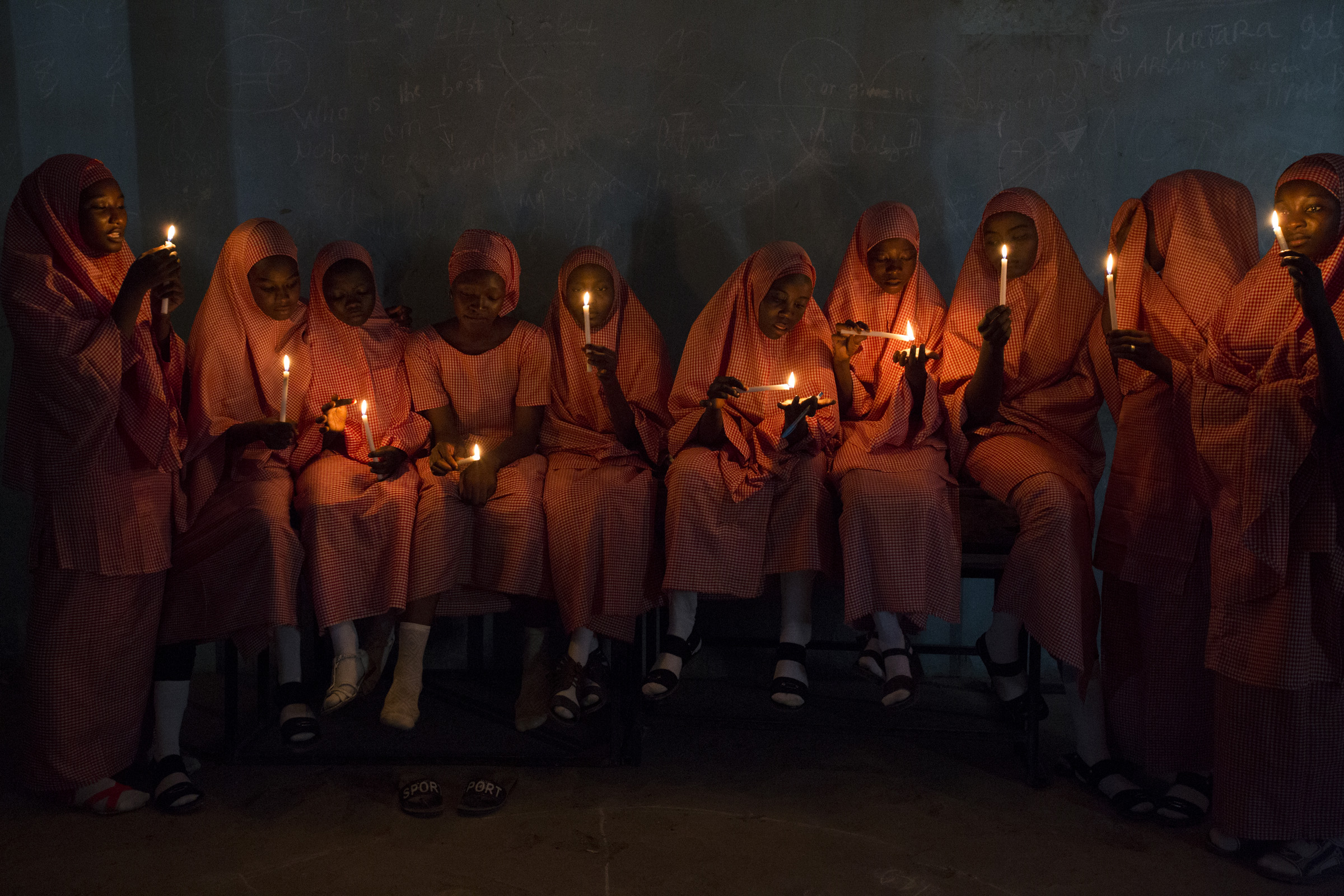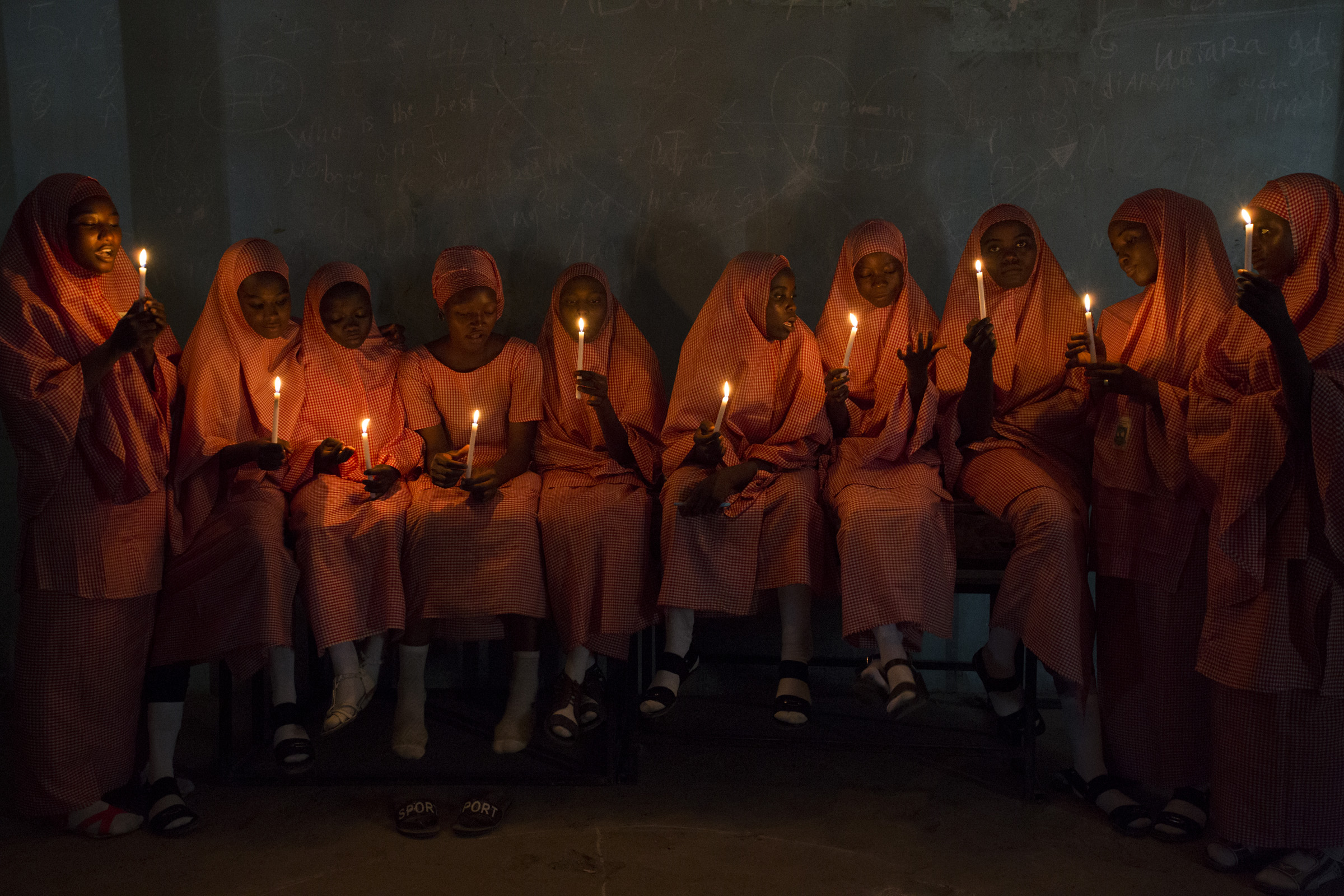Gallery Talks: The Nigerian artist brings her project Education is Forbidden to Red Hook Labs for Nataal: New African Photography III
Schooled in England, Nigerian photographer Rahima Gambo sees her country through two sets of eyes. The eyes of a child born in Lagos and with a home in Abuja, and the eyes of a British school and university student with a journalism masters from Columbia University. Gambo’s exploration of photography and video began during her time in New York, and continued to develop when she returned to Abuja, aged 21. Her previous series, Exiled from Home, focuses on the growing number of gay Nigerian men who have fled to the United States seeking asylum and a more liberal society. Her current multimedia project, Education is Forbidden, shares the experiences of students in schools and universities in northeast Nigeria after the Boko Haram insurgency, and offers an intimate glimpse into the young people’s interior worlds.
Do you believe documentary photography should always be truthful and objective?
Truth is subjective. I always approach a story with the intent to tell my version of the truth. My worldview and biases determine the kind of images I create. So a certain intervention on myself has to take place before I start making images. I always question my assumptions and stay open to looking at them with a certain critical awareness.
Tell us about the inspiration for Education is Forbidden.
The idea for the project was sparked after the Chibok girls were abducted from their secondary school and attacks on schools and students were occurring on a regular basis. I wanted to find out how students were experiencing this. My hometown is in northeastern Nigeria, so I was naturally drawn to the issue.
How do you want people to respond to your work?
My intention is to present an alternative to what anyone may expect from a certain story. So at the very least, they might find the images refreshing. I make a point of staying away from visual clichés.
What is your creative process?
I always begin with an inquiry, a question that takes me into a sort of reporting and research phase where I do a lot of audio interviews with my subjects. It is from these conversations that I find visual cues and directions. Making images is usually the last step in a long process.
Did you spend a lot of time with the students in the images?
I interviewed many students. They all had a range of experiences, but what drew them together was a sense of vulnerability, a sense that they were going through this event that could determine the trajectory of their lives. I wrote about their experiences on the Education is Forbidden website.
What kind of impression did they leave on you?
Their memories became my memories. They were very much independent thinkers; each student I met had their own analysis of their situation and relationship to the Nigerian government.
How does Education is Forbidden compare with the rest of your work?
Education is Forbidden was my first attempt to find my voice as a storyteller and an artist, rather than as a photojournalist telling a certain story for news publishers. I’m currently working on the Education is Forbidden photobook, which will be published by Fourthwall Books in Cape Town.
Nataal: New African Photography III runs from 4 to 13 May at Red Hook Labs, 133 Imlay St, Brooklyn, NY, open 10am-6pm daily
All works are available from Red Hook Labs and Artsy and sales support the artists in their work.
Visit Red Hook Labs
Published on 02/04/2018



